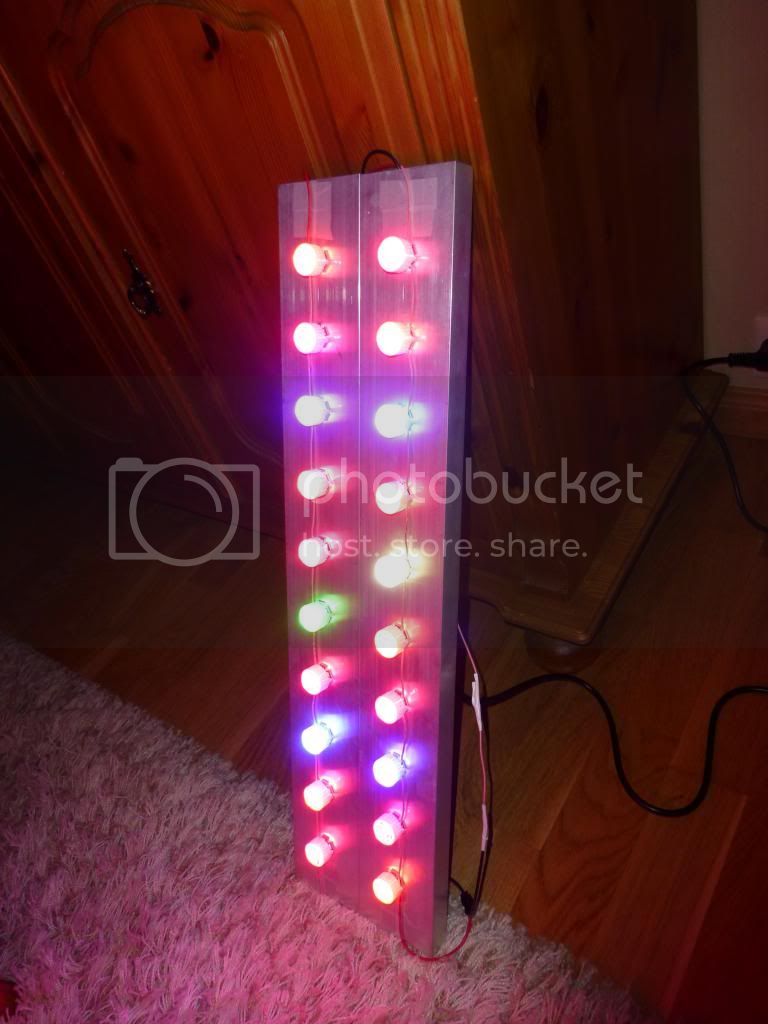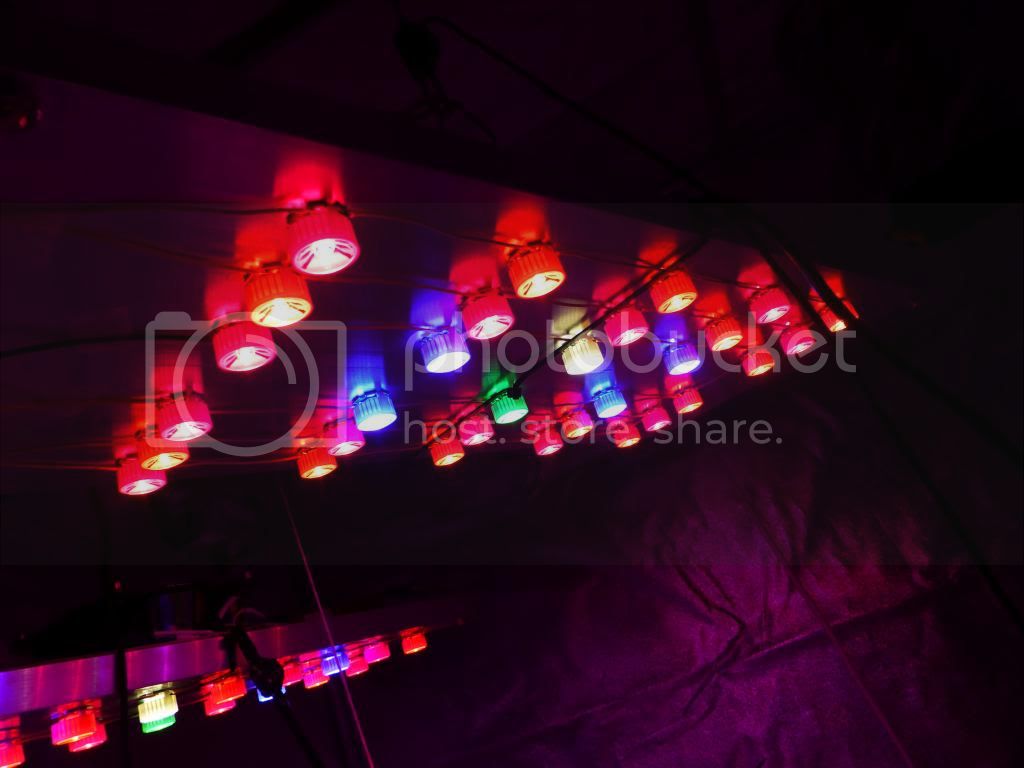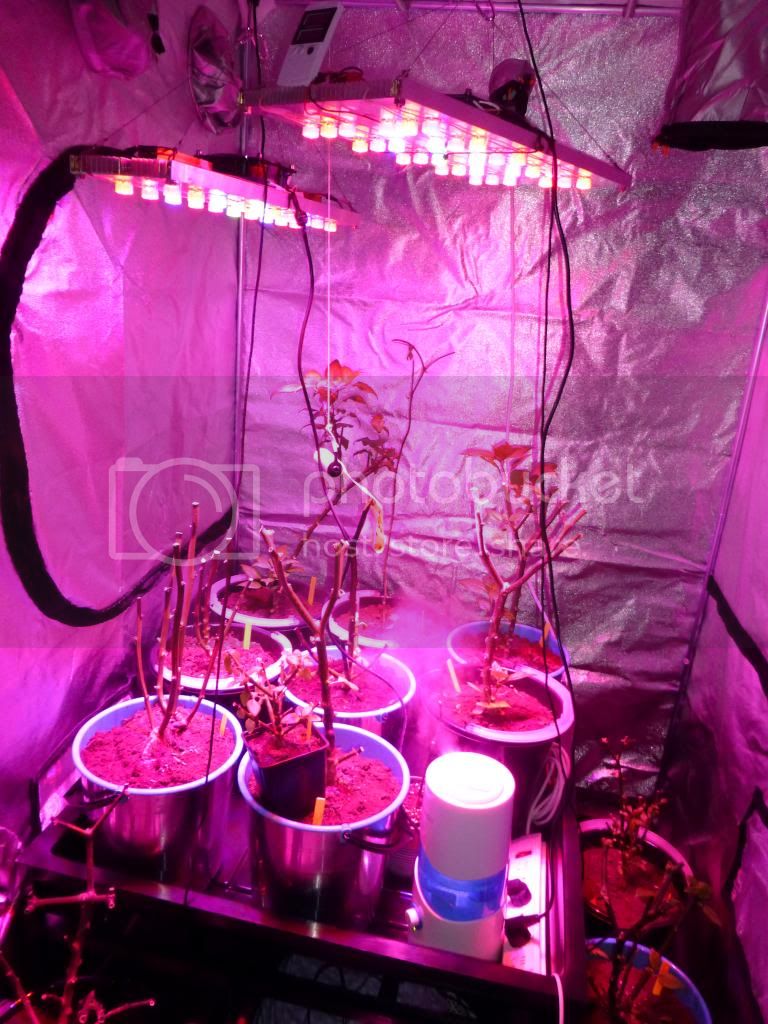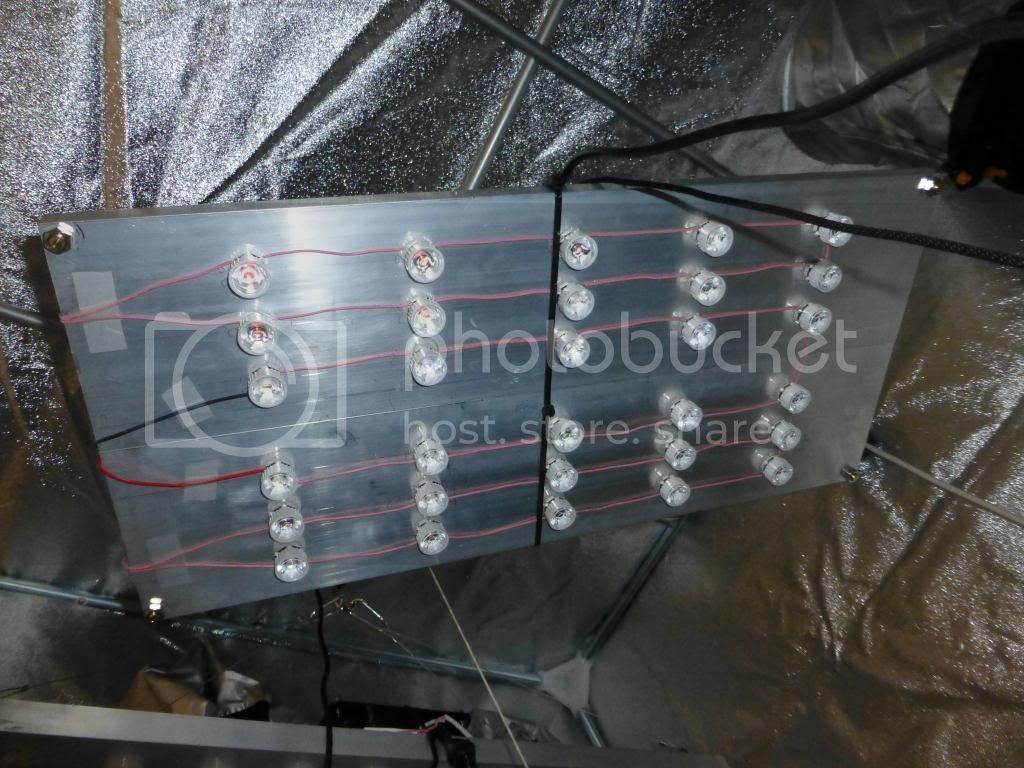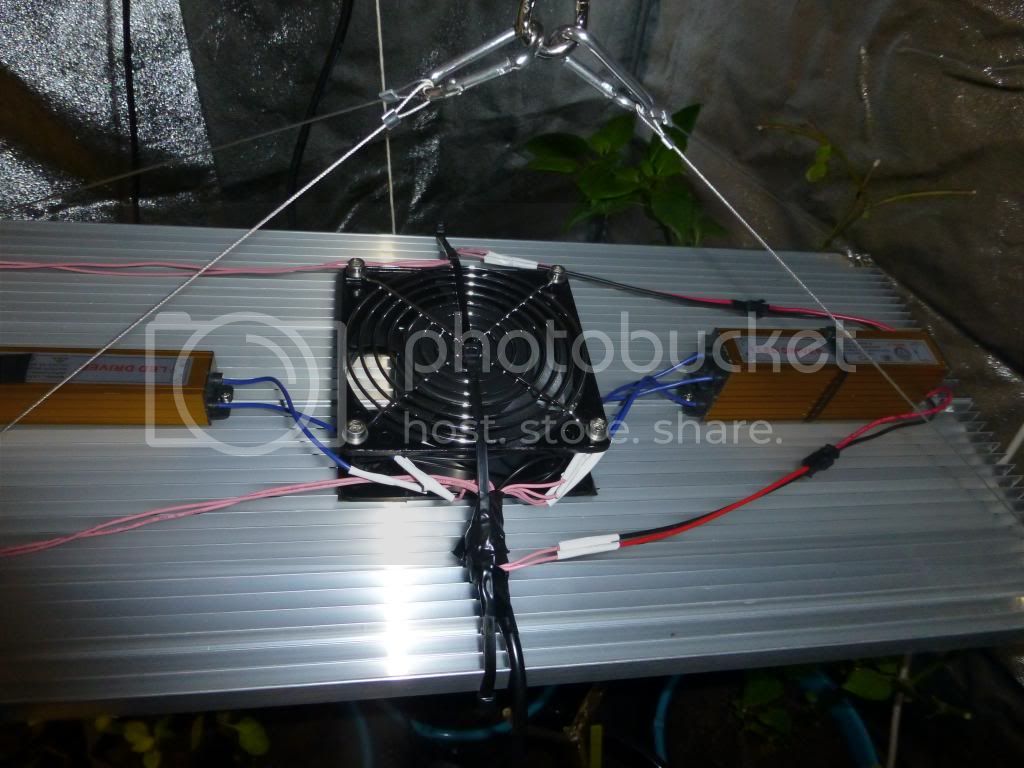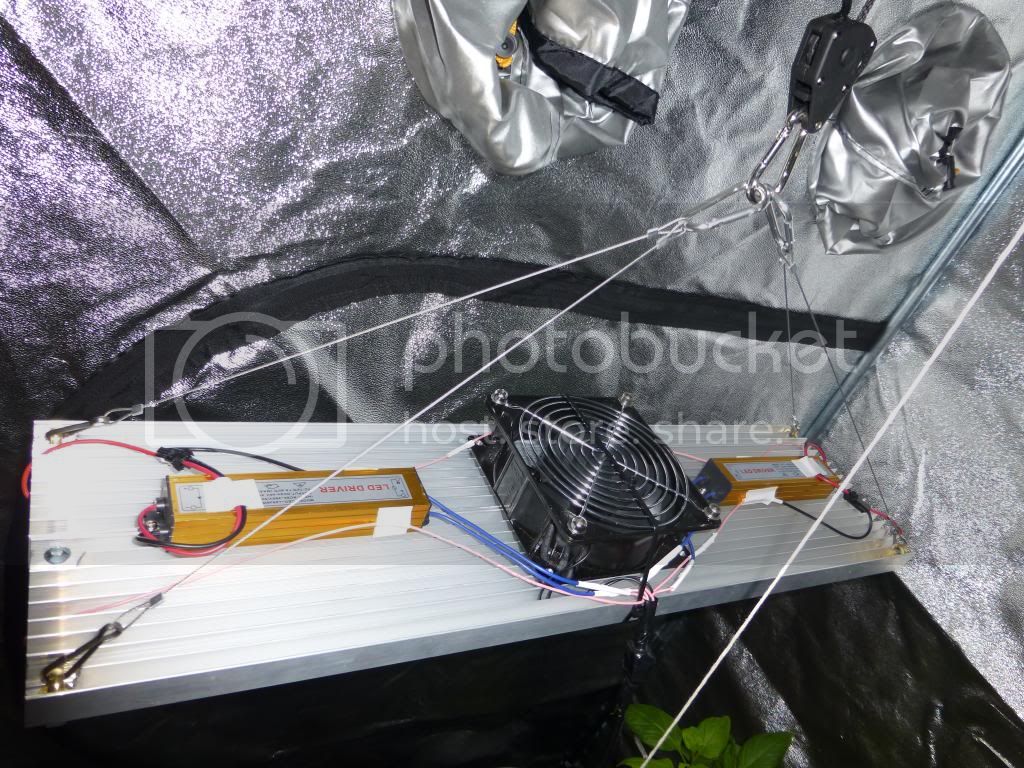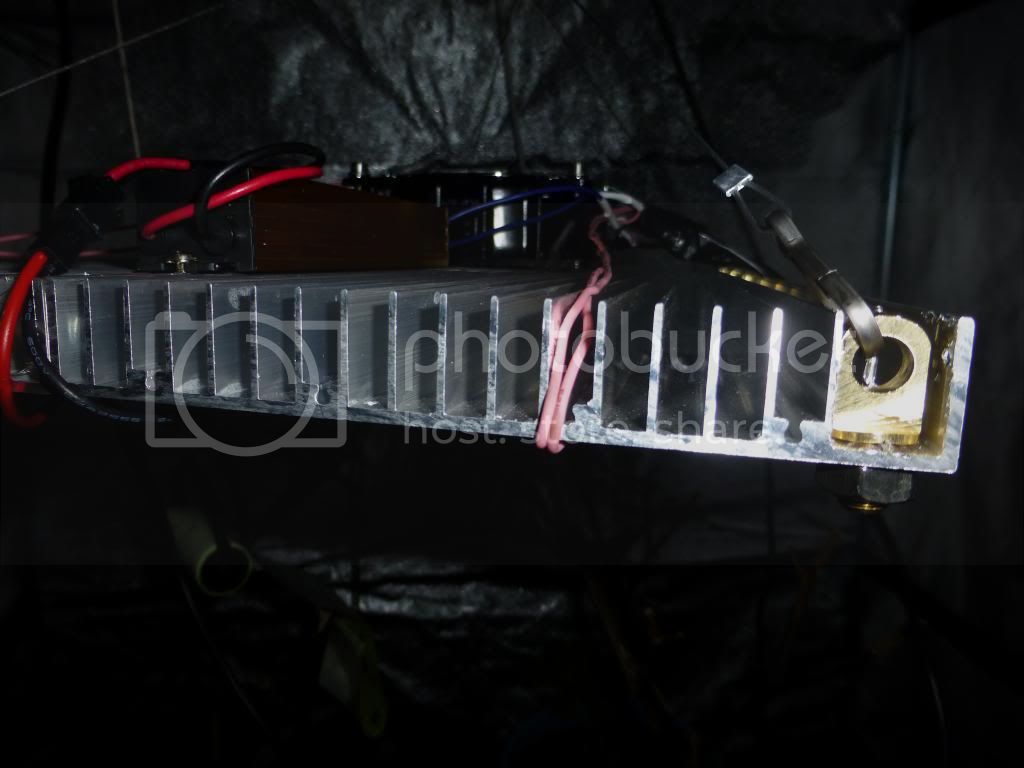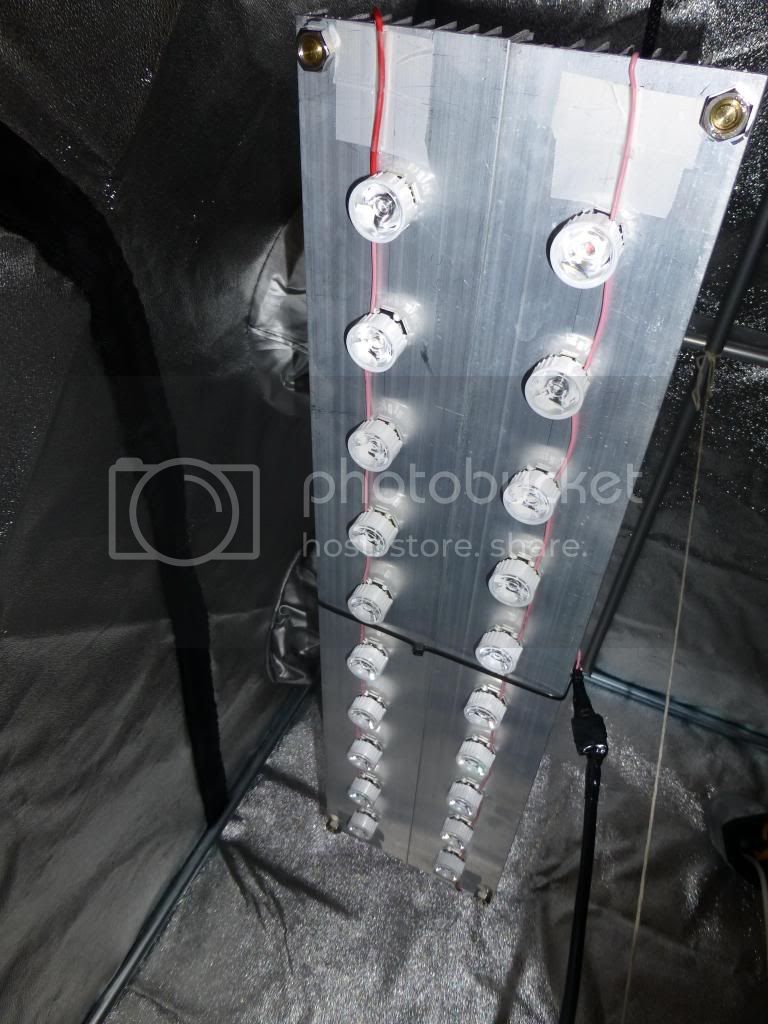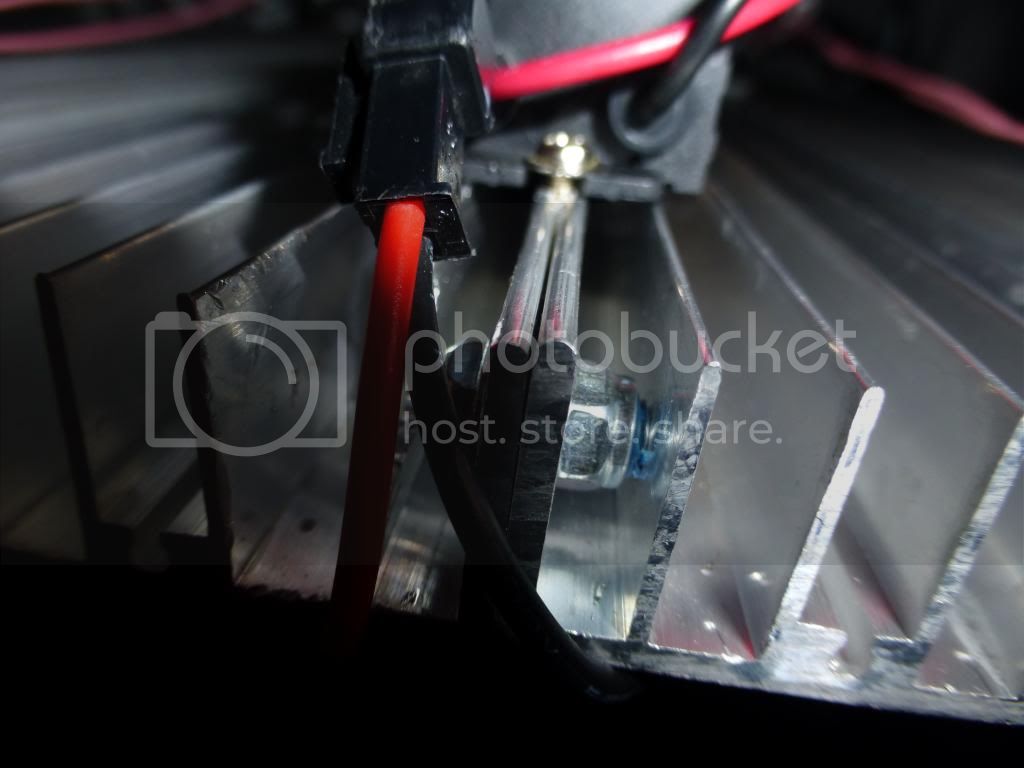All I want to know in general is IF my Chinese LEDS are what they are rated at and an added + would be what percentages of the different wave lengths my panels put out.
I have a suspicion that a LOT of the chinese LEDS are really the same LED just run at different volts and current for testing so they can sell the same LED under different outputs on the data sheets.
My plants already told me that they like my 1 watt LED panels.
They work great for the way "I" need them to work,the way "I" use them etc.
Might not work for you and your grow but that isn't my problem...I'm not trying to use them like halides or whatever.
I don't try to use a flash light to light up a stadium.
I'd use the spectrometer to add or get rid of the LEDS that put out lesser amounts of the wave lengths I do or don't want in my panels.
If some of my blue or red LEDS end up being in a wave length I don't think I need or if ,for example ,the 440nm LEDS are really 470nm.
I'd be able to swap out some of the 470nm LEDS for the ones that tested as 440nm.
Assuming I use a camera that is accurate,and I get good readings as advertised...
I see this spectrometer as a very useful tool in balancing out the wave lengths my panels put out.
IF IT REALLY WORKS.
Like I said in my post in Sept.,it might be cool to take with you ((using a Lap top computer) to the hydro shop to compare some of the more expensive grow lights against each other.
Your post was a blanket statement that insinuated that the DIY spectrometer was a waste of time-wouldn't work except if the light source was white.
Since super accurate Lab equipment isn't part of a chile growers everyday tools for growing their plants.
IF this DIY toy really works,it is affordable and something that is of value for what it is.
I assume you are just trying to dazzle us with brilliance. (couldn't resist ) LOL
I never posted about using this toy for anything other than possibly checking out LED wave lengths and the possible percentages any LED or panel might be putting out.
Light absorption,wave lengths used by plants can be found on the net.
If your LEDS are putting out the wrong wave lengths you are screwed anyway.
IF you can find out what wave lengths plants use ,in what percentages then you could worry about absorption.
For instance I've found Manzanos LOVE a lot more high red light than other chiles.
My experience so far has been different plant varieties like different mixes of light.
That is why I try to use as many wave lengths in 430nm - 475nm aned 620nm - 675nm as I can in my panels.
Absorption ,to me is a totally different subject.
Seems like you can figure out absorption after you find out the wave lengths and percentage of each first.
Then probably Figure out the lumens,par or whatever of each wave length and go from there.
I get past all the supposed light penetration problems by using both vertical and horizontal panels and use a LOT more Lumens than most commercial panels put out(in general).
I'm not trying to convert anyone.
Just trying to spread around some stuff I find of interest.
Might not be some peoples cup of tea,but I do see this as a possible tool of use to the same people who might be interested in indoor light sources outputs and like to play with new toys.
I won't know until I make this toy if it even works close to accurately.
If it says my blue LEDS are orange I'll post that this toy doesn't work with the parts I used to make it.
If it somewhat matches the data sheets for the LEDS I am using.Then it's safe to say it works or is at least in the ball prk.
Either way it can possibly get me closer to knowing what my panels put out as far as wave lengths goes.
But sometimes the ride is as cool as the destination.
A great ride to a cool destination is the best.
I remember when it was KNOWN FACT that plants under Fluoros and LEDS will not mature or set pods under their light.
My plants didn't get the memo and fruit anyway...
But I'm a try it out type grower.
I like to play with the stuff that interests me.
NOTHING I've ever made goes to waste.If something didn't work it gets used for something else.
For me book learnin was never as much fun as hands on.
As far as $ goes.
LEDS are cheap compared to what I spent on my boat and all the fishing tackle that weighs almost enough to sink her every time I go fishing...
The things ya gotta do to have fun.


